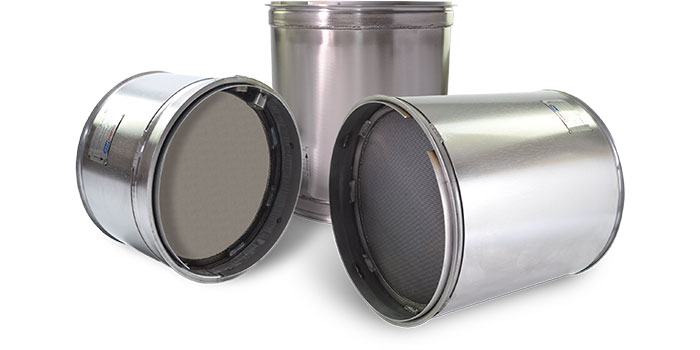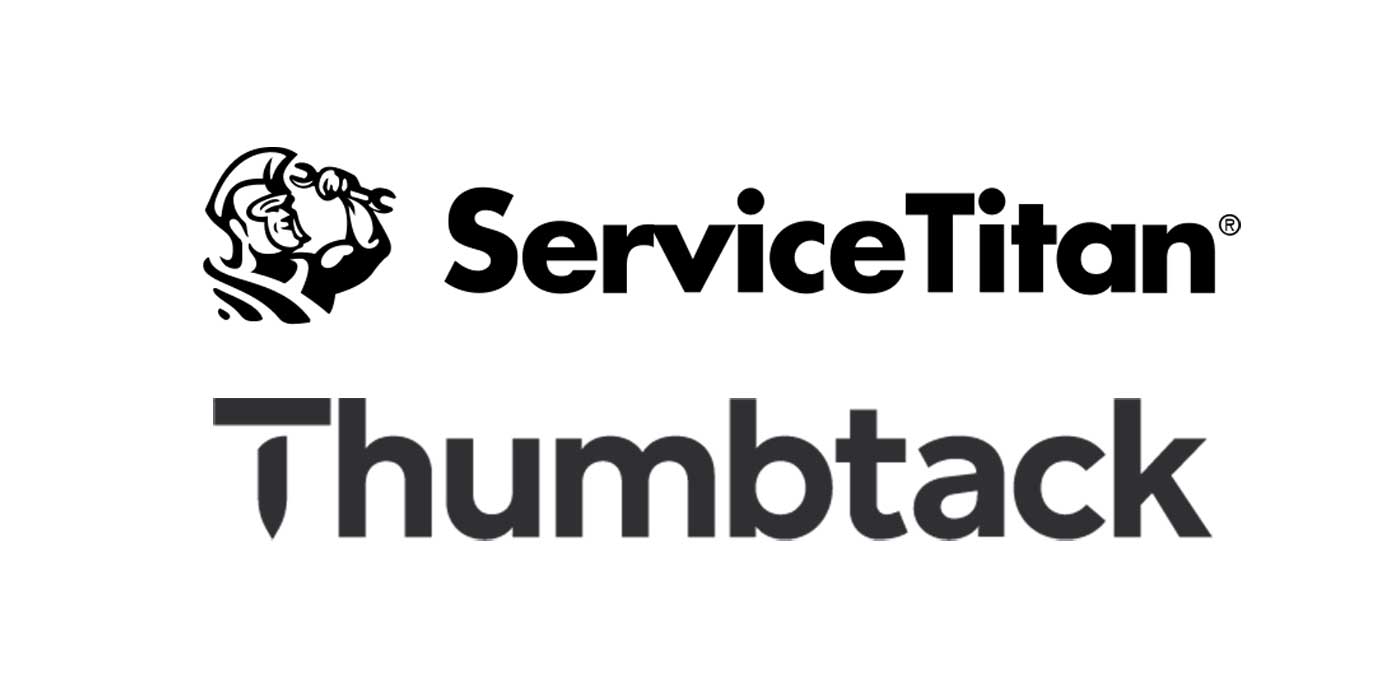Both the diesel particulate filter (DPF) and the diesel oxidation catalyst (DOC) are pricey components, but the costs can be compounded if the DOC is left unattended and pushes you to replace the DPF more often than you should be.
During aftertreatment service, you’ll want to inspect the DOC and look for evidence of aging, or thermal deactivation of the DOC.
“The accelerated thermal deterioration of the DOC results in an increase in tailpipe emissions of CO and HC, which may affect compliance with emissions standards, but also decreases the ability of the DOC to produce NO2, from NO oxidation,” said Dr. Barry Southward, vice president of catalyst technology for AP Emissions. “This decreased NO2 make results in a decrease in the passive regeneration of soot from the DPF and again results in negative feedback loop resulting in more frequent active regeneration cycles.”
Southward explained that signs of DOC failure may be found by visually inspecting the inlet and outlet of the DOC to see if there is a presence of lube oil coating the DOC.
“The lube oil could come from a worn engine or a bad turbocharger,” Southward said. “The lube oil contains elements e.g. alkalis, phosphates etc. that can ‘poison’ the DOC to severely impact its ability to facilitate the key chemistries of emission control. Also coolant should be checked to make certain that it is not being burned in the engine, as this will be problematic for DOC function and longevity.”
Keeping a close eye on the diagnostic data related to aftertreatment systems can help you identify DOC issues more effectively.
“The onboard diagnostics in the aftertreatment controller can track the performance of the DOC and throw an OBD fault or Malfunction Indicator Lamp if it suspects poor performance of the DOC,” said Darren Gosbee, vice president of engineering with Navistar Inc., who outlined that the diagnostic algorithm can detect various malfunction characteristics of the DOC, such as:
• Face plugging of the Diesel Oxidation Catalyst (DOC);
• Drop in DOC thermal efficiency;
• Malfunction of the DOC temperature controller due to temperature error; and
• Ineffective regeneration because of temperature fluctuations.
“The accelerated thermal deterioration of the DOC results in an increase in tailpipe emissions of CO and HC.”
— Dr. Barry Southward, AP Emissions
“Further, the onboard data logger which tracks the critical signals during the regeneration can help in monitoring the DOC’s thermal efficiencies,” Gosbee continued, “and ability to reach target temperatures during active regeneration, and can also aid in identifying a poor DOC that may result in shorter DPF life.
“We have been strongly encouraging our service fleet to replace the DOC only when there is no fault code related to the DPF,” Gosbee said. “The DPF can easily be recovered unless it has experienced a high temperature exotherm (Greater than 800 degrees C) that can lead to the DPF cracking.”
When the truck is in the bay, your technicians can trigger a forced regeneration using the service tool and can detect the health of the DOC by observing the Exotherm capability/ thermal efficiency of the DOC, Gosbee said.













